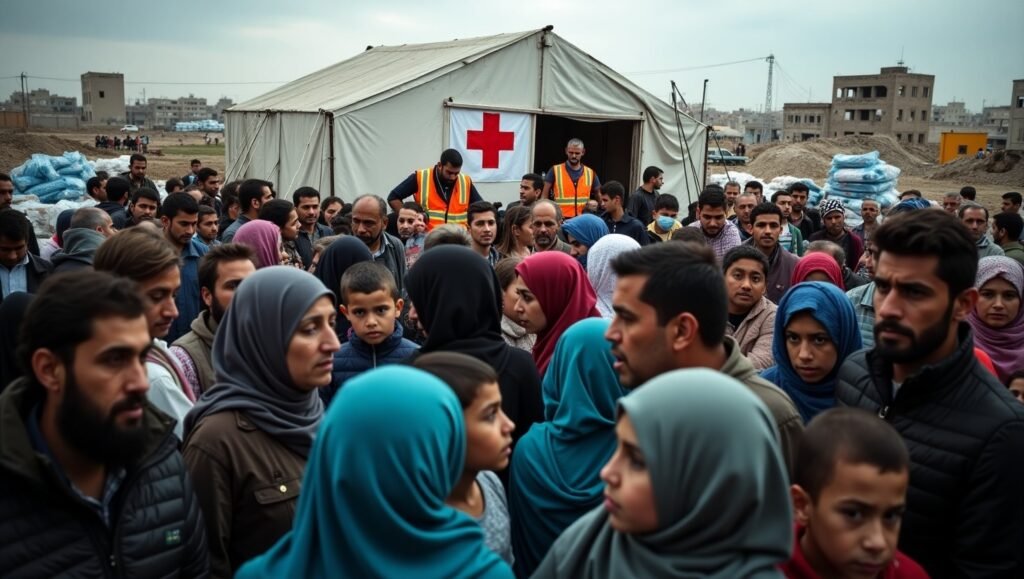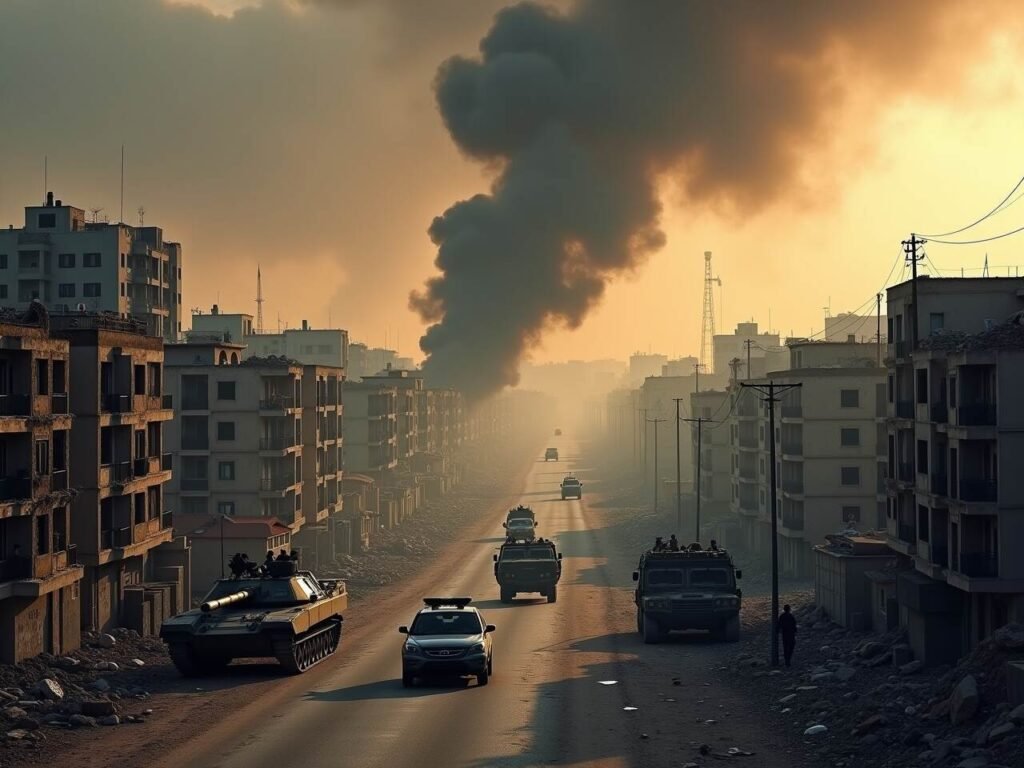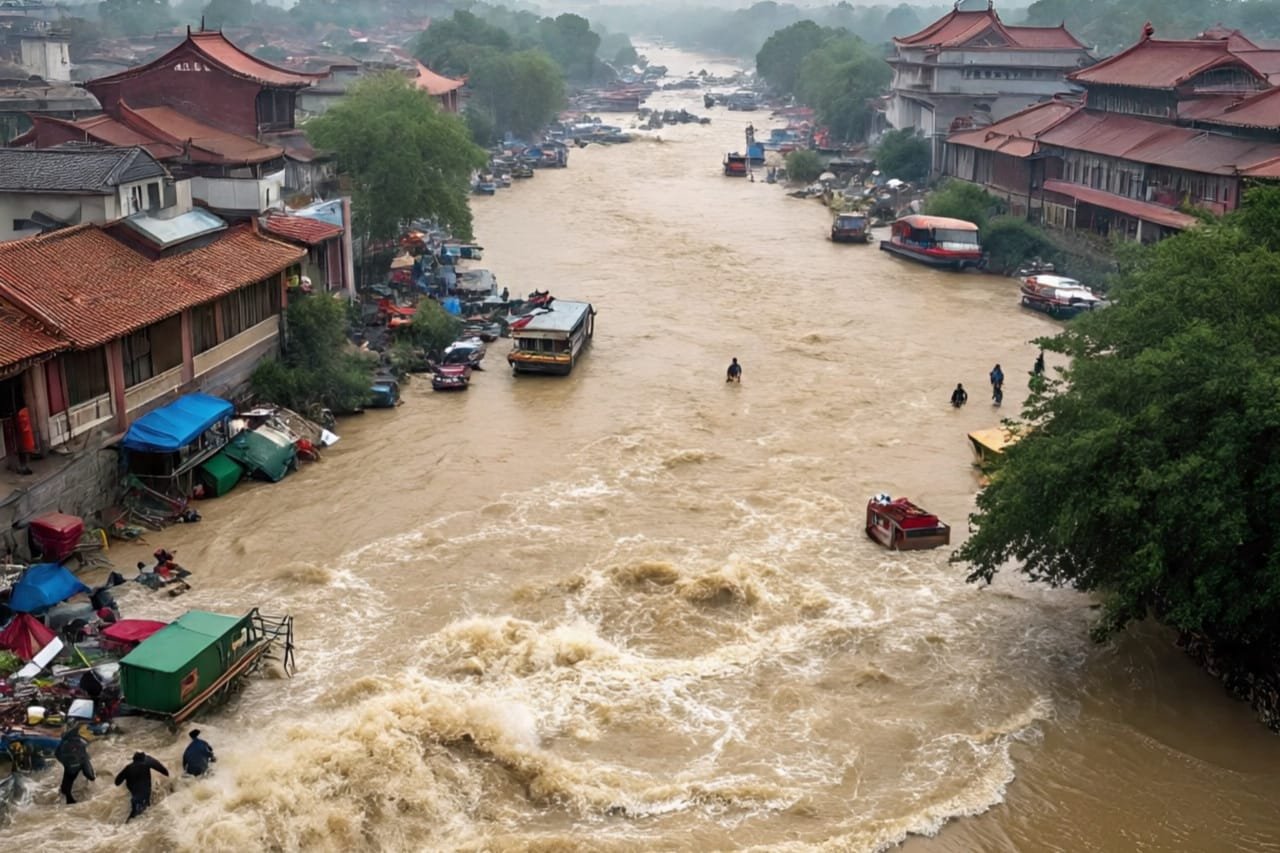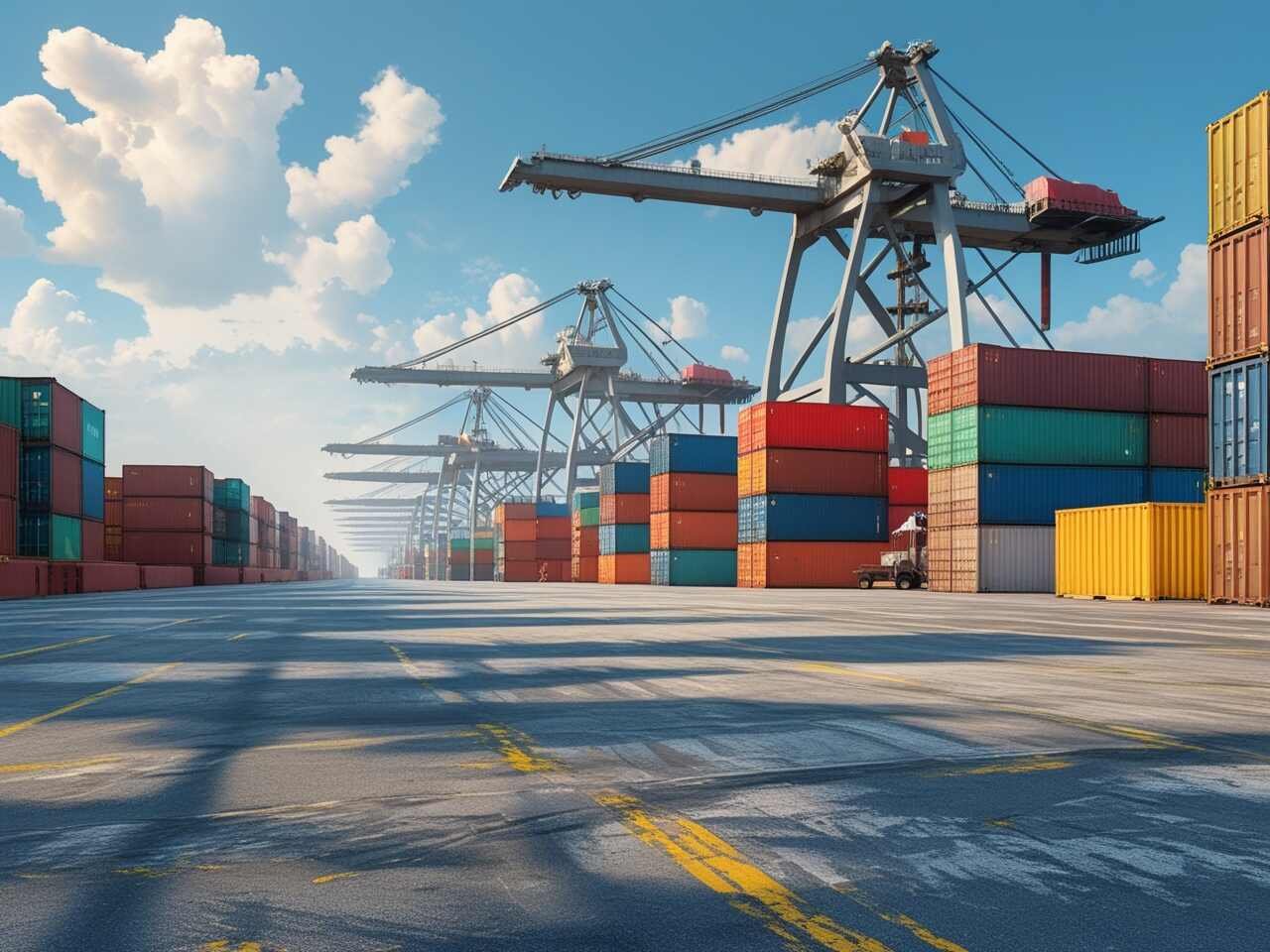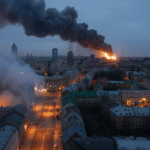- Home
- ScienceDiscover the latest updates from across the United States, including politics, culture, economy, and trending stories. Stay informed on the key events shaping the nation and the topics everyone’s talking about.
- EconomyOur Economy page provides comprehensive reporting on international financial systems, trade dynamics, development economics, and macroeconomic policy. Drawing on expert analysis and institutional data, we illuminate the interconnected nature of global markets and their real-world implications for governance and inequality.
- HealthWe examine global health issues through the lens of policy, access, equity, and innovation. From pandemics and healthcare infrastructure to mental health and biotechnological breakthroughs, our health reporting is rooted in empirical data, expert insight, and a commitment to understanding health as a cornerstone of human development.
- HistoryThis section revisits critical junctures in world history, emphasizing the relevance of historical events in shaping present-day global affairs. Through scholarly narratives and fact-anchored storytelling, we uncover the often-overlooked patterns, power structures, and human decisions that have left a lasting imprint on international relations and societies.
- PoliticsOur Politics section offers in-depth analysis of international political developments, ideological movements, and institutional shifts. With a focus on global governance, diplomacy, and geopolitical strategy, we provide nuanced reporting that transcends partisan narratives and situates events within their broader historical and structural contexts.
- War & ConflictThis section delivers meticulous coverage of international conflicts, civil wars, military strategies, and peace negotiations. We prioritize geopolitical context, long-term impact, and the role of state and non-state actors—eschewing sensationalism in favor of sober, historically informed analysis.
- TechnologyWe critically examine the global technology landscape—from artificial intelligence and cybersecurity to digital policy and ethical innovation. Our reporting focuses not just on what is being built, but why it matters: how technological change influences governance, economy, security, and human life on a planetary scale.
- Features
- Home
- ScienceDiscover the latest updates from across the United States, including politics, culture, economy, and trending stories. Stay informed on the key events shaping the nation and the topics everyone’s talking about.
- EconomyOur Economy page provides comprehensive reporting on international financial systems, trade dynamics, development economics, and macroeconomic policy. Drawing on expert analysis and institutional data, we illuminate the interconnected nature of global markets and their real-world implications for governance and inequality.
- HealthWe examine global health issues through the lens of policy, access, equity, and innovation. From pandemics and healthcare infrastructure to mental health and biotechnological breakthroughs, our health reporting is rooted in empirical data, expert insight, and a commitment to understanding health as a cornerstone of human development.
- HistoryThis section revisits critical junctures in world history, emphasizing the relevance of historical events in shaping present-day global affairs. Through scholarly narratives and fact-anchored storytelling, we uncover the often-overlooked patterns, power structures, and human decisions that have left a lasting imprint on international relations and societies.
- PoliticsOur Politics section offers in-depth analysis of international political developments, ideological movements, and institutional shifts. With a focus on global governance, diplomacy, and geopolitical strategy, we provide nuanced reporting that transcends partisan narratives and situates events within their broader historical and structural contexts.
- War & ConflictThis section delivers meticulous coverage of international conflicts, civil wars, military strategies, and peace negotiations. We prioritize geopolitical context, long-term impact, and the role of state and non-state actors—eschewing sensationalism in favor of sober, historically informed analysis.
- TechnologyWe critically examine the global technology landscape—from artificial intelligence and cybersecurity to digital policy and ethical innovation. Our reporting focuses not just on what is being built, but why it matters: how technological change influences governance, economy, security, and human life on a planetary scale.
- Features
Now Reading: Famine in Gaza: Is the World Too Late to Help?
-
01
Famine in Gaza: Is the World Too Late to Help?
- Home//
- Science//Discover the latest updates from across the United States, including politics, culture, economy, and trending stories. Stay informed on the key events shaping the nation and the topics everyone’s talking about.
- Economy//Our Economy page provides comprehensive reporting on international financial systems, trade dynamics, development economics, and macroeconomic policy. Drawing on expert analysis and institutional data, we illuminate the interconnected nature of global markets and their real-world implications for governance and inequality.
- Health//We examine global health issues through the lens of policy, access, equity, and innovation. From pandemics and healthcare infrastructure to mental health and biotechnological breakthroughs, our health reporting is rooted in empirical data, expert insight, and a commitment to understanding health as a cornerstone of human development.
- History//This section revisits critical junctures in world history, emphasizing the relevance of historical events in shaping present-day global affairs. Through scholarly narratives and fact-anchored storytelling, we uncover the often-overlooked patterns, power structures, and human decisions that have left a lasting imprint on international relations and societies.
- Politics//Our Politics section offers in-depth analysis of international political developments, ideological movements, and institutional shifts. With a focus on global governance, diplomacy, and geopolitical strategy, we provide nuanced reporting that transcends partisan narratives and situates events within their broader historical and structural contexts.
- War & Conflict//This section delivers meticulous coverage of international conflicts, civil wars, military strategies, and peace negotiations. We prioritize geopolitical context, long-term impact, and the role of state and non-state actors—eschewing sensationalism in favor of sober, historically informed analysis.
- Technology//We critically examine the global technology landscape—from artificial intelligence and cybersecurity to digital policy and ethical innovation. Our reporting focuses not just on what is being built, but why it matters: how technological change influences governance, economy, security, and human life on a planetary scale.
- Features//
- Home
- War & Conflict
- Famine in Gaza: Is the World Too Late to Help?
Famine in Gaza: Is the World Too Late to Help?
Emma BarnesWar & ConflictJuly 30, 20258 Views
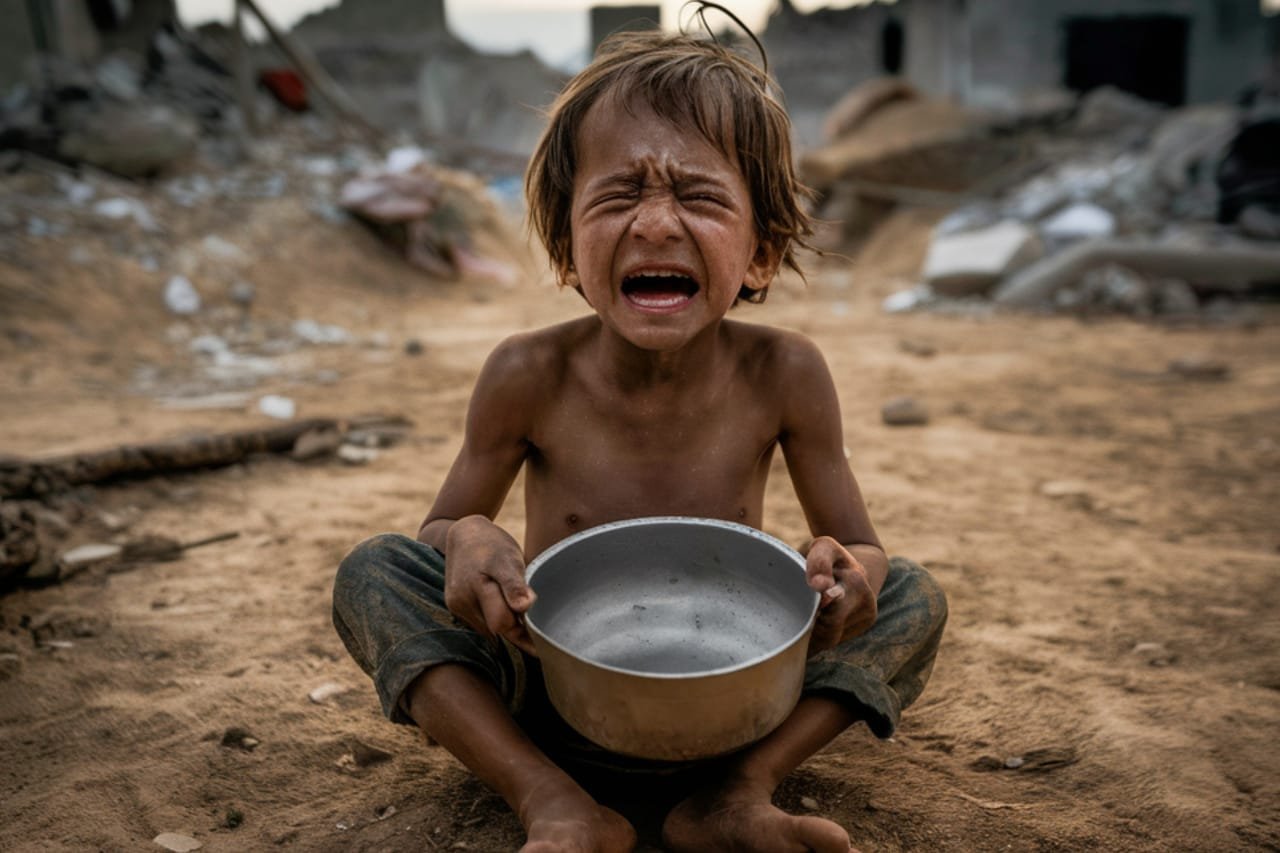
What do the latest UN warnings mean for Gaza hunger? On 29 July 2025, the IPC (Integrated Food Security Phase Classification), backed by WHO and UNICEF, issued a stark alert: famine thresholds have been reached in much of Gaza. The data shows rising starvation, acute child malnutrition, and hunger‑related deaths. The impact is catastrophic, and urgent action is needed to avoid massive loss of life (World Health Organization, Reuters, UNICEF).
What Does the Famine Label Mean?
In simple terms, famine is declared when three conditions are met:
- Roughly one in five families in Gaza are experiencing severe food shortages, struggling to access even the most basic nutrition.
- Around 30% of Gaza’s young children, between six months and five years old, are suffering from acute malnutrition.
- Death rates exceed 2 adults or 4 children per 10,000 per day from starvation or disease.
These are official definitions used by the UN’s Food and Agriculture Organization via IPC (TIME, Reuters). The July 2025 alert finds that Gaza City now meets two of these conditions and much of the Strip meets the first, although formal famine declaration is pending due to data gaps and conflict-related access issues .
Gaza’s Current Food Crisis
IPC and FEWS Net indicating most of Gaza is at IPC Phase 5 (“Catastrophe or famine”), especially northern Gaza and Gaza City (IPCinfo).
Data points:
- About 500,000 people — nearly 25% of Gaza’s population — are experiencing famine-level conditions.
- Over 320,000 children under five are at risk of acute malnutrition.
- One in three people often goes days without food (World Food Programme, Reuters).
What Global Agencies Are Saying?
The IPC alert, issued on 29 July, states famine thresholds are now reached in most of Gaza and acute malnutrition in Gaza City . WHO reports a spike: in July alone 63 out of 74 malnutrition‑related deaths happened, mostly children under five, signifying collapsing health services (World Health Organization).
The World Food Programme says 500,000 people are already in famine-like conditions. WFP also notes over 320,000 children under five at acute malnutrition risk, with thousands needing urgent therapeutic care. Only half of requested aid is entering Gaza (World Food Programme, Reuters).
UNICEF highlights child hunger rates tripling since June, and reports that at least 16% of children under five in Gaza City are acutely malnourished – one of the highest recorded globally (World Health Organization, Wikipedia).
Most Recommended:
Zahedan Attack Kills 5 – What Iran Says
Starlink Shutdown: Did Elon Musk Betray Ukraine?
Real Stories on Ground
In March 2024, a 10-year-old boy named Yazan al-Kafarneh, who had cerebral palsy, tragically lost his life due to severe malnutrition. His death became a symbol of famine in Gaza. His family lacked access to his specialized diet as displacement and blockade intensified (Wikipedia).
The Gaza Soup Kitchen—started by Mahmoud and Hani—provided thousands of residents each day with simple plant-based meals. Their efforts continued even after Mahmoud was killed in a strike. These kitchens became lifelines for many families, though they faced lethal danger obtaining food and fuel (Wikipedia).
Why Does This Matters Now?
Expert warnings are clear: this is not a future risk—it is a reality. UN Secretary-General António Guterres called Gaza a humanitarian catastrophe of “epic proportions” and demanded aid flow “like an ocean” .
The IPC and WHO emphasize that data limitations are delaying formal famine, but new deaths and malnutrition trends confirm famine conditions now. Aid must be large-scale and unimpeded to reverse the trend (apnews.com, ft.com).
Agencies like MSF, Oxfam, and Save the Children condemn symbolic airdrops as insufficient. They warn only full land access and humanitarian pauses, combined with sustained food deliveries, can prevent further loss (theguardian.com, timesofindia.indiatimes.com, Reuters).












